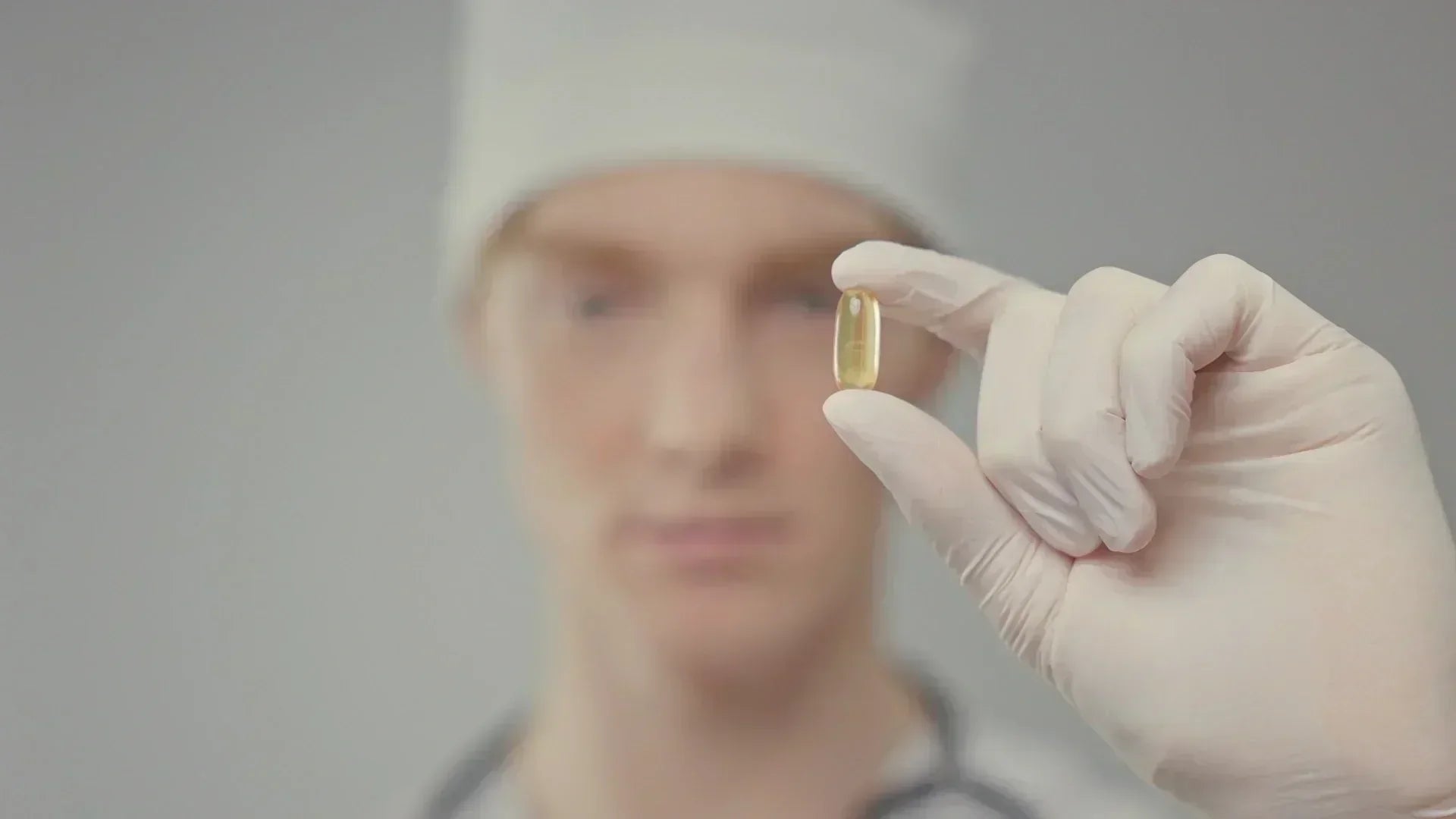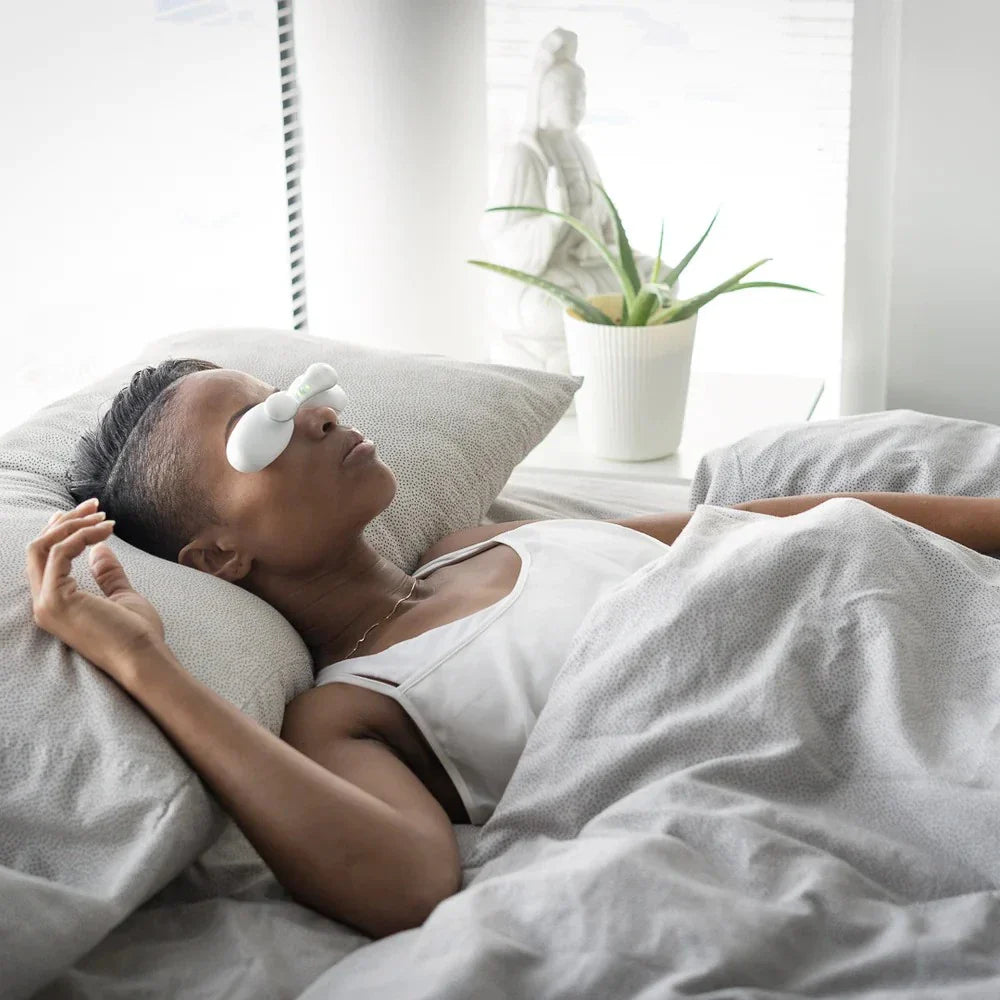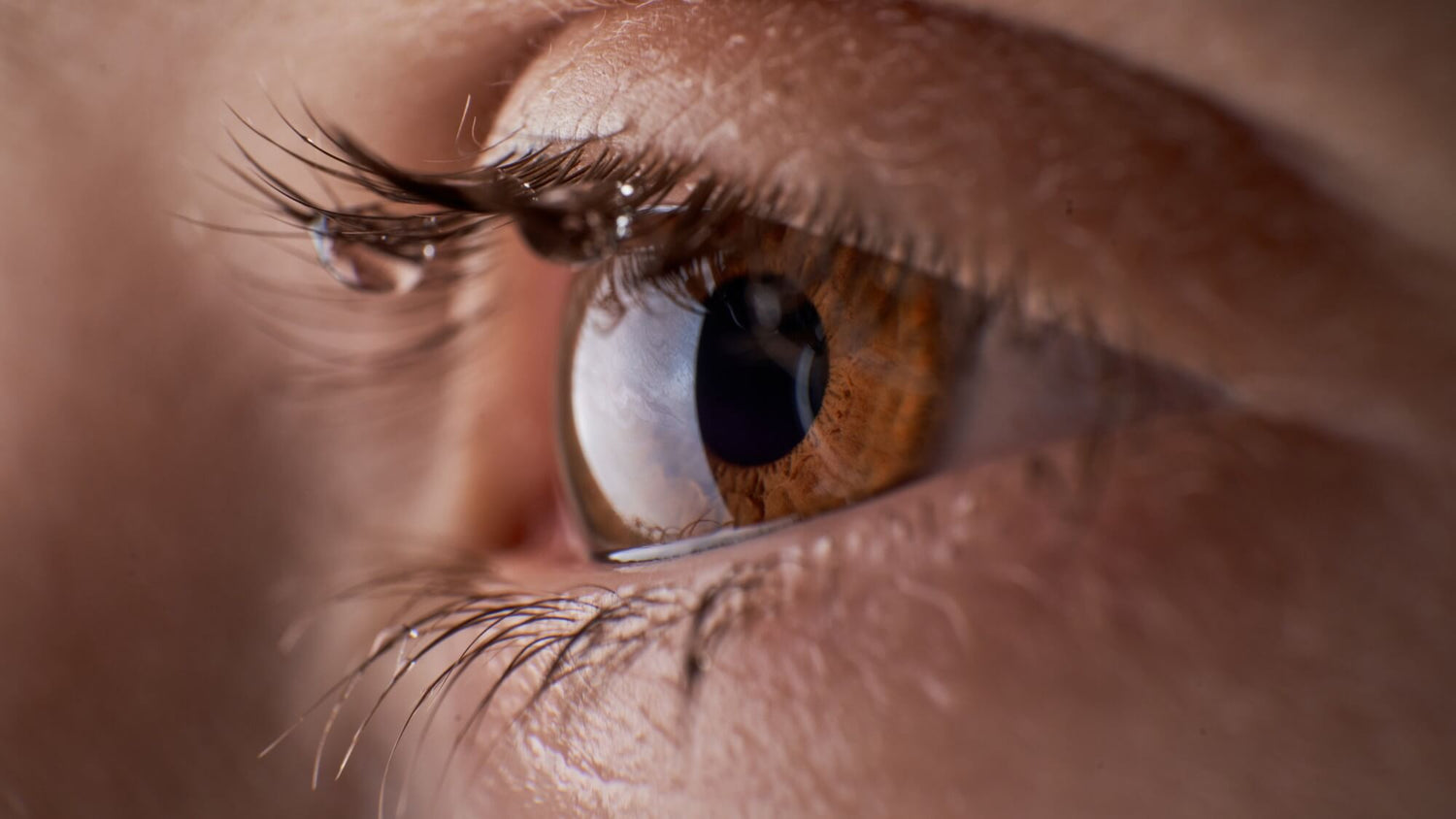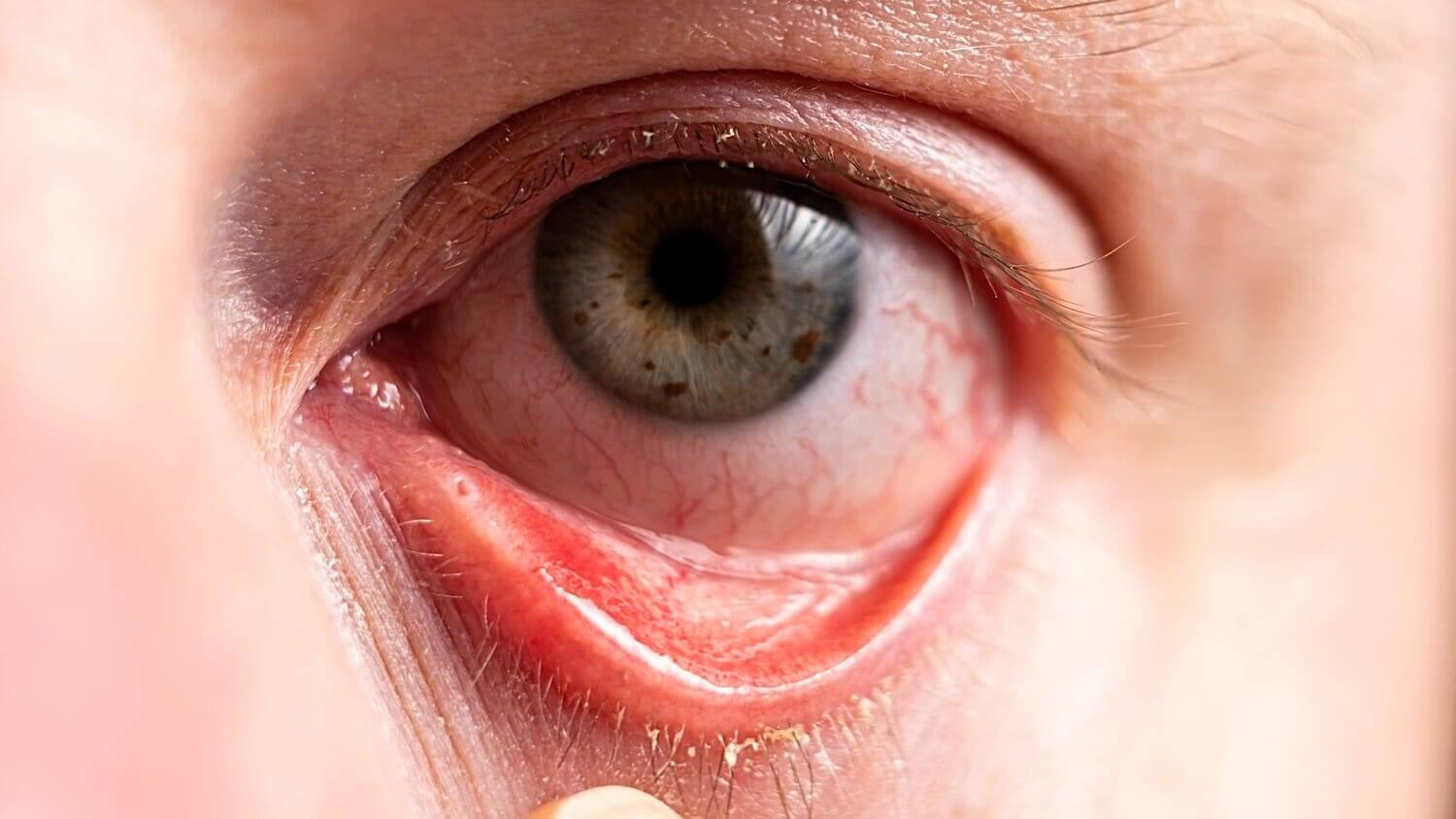Managing dry eye can be challenging, but finding the right Omega 3 dosage shouldn't add to your worries. Omega 3 supplements are a vast and sometimes confusing world. Let me help you through it in a simple manner.
Basics of Understanding:
Let's demystify Omega 3 supplement labels first. In spite of their wealth of information, what really matters for dry eye relief?
Step 1: Focus on EPA and DHA
These components are crucial for preventing dry eye. They are found in omega 3 fatty acids. Instead of looking at the capsule size, check the amount of EPA (Eicosapentaenoic Acid) and DHA (Docosahexaenoic Acid) in milligrams (mg).
Step 2: Calculate the total EPA + DHA
For dry eye relief, around 2000 - 3000 mg of EPA and DHA should be consumed daily. To find out how much EPA and DHA you have, add up the numbers.
Step 3: Determine your daily servings
Based on the amount of EPA + DHA per capsule or serving, determine how many servings are needed to reach approximately 2000 mg daily.
Step 4: EPA/DHA ratio
EPA balances out the body's inflammatory and anti-inflammatory chemical ratio better than DHA. In order to reduce dry eye symptoms, you need a ratio of approximately 3:1 of EPA to DHA in omega-3 fatty acids.
Step 5: Choosing the right form
It is also important to consider the form of Omega 3. The best way to ensure better bioavailability is to choose supplements that are triglyceride-based. The triglyceride form of Omega 3 is more stable and easier to digest than the ethyl ester form. Furthermore, triglycerides are better absorbed into the bloodstream, making nutrients more bioavailable.
Example Analysis:
Let's break down a couple of examples to make things clearer.
Example 1: In Krill Oil Omega 3 capsule, the amount of EPA and DHA is 75mg and 45mg, respectively, totaling 120mg. You would need 16 capsules for a target of 2000 mg/day. Furthermore, the EPA/DHA ratio is less than 2:1, which is insufficient.

Example 2: A high-potency PRN De Omega 3 serving (3 capsules) contains 2240 mg (1680 mg EPA + 560 mg DHA). Three capsules would be sufficient here. PRN De Omega 3 also contains a 3:1 EPA/DHA ratio, which is optimal for fighting dry eye disease.

PRN
Omega 3s in liquid form:
There is often a higher potency in these. In general, a teaspoon would meet the 2000 mg guideline, but always check the label to be sure. In fact, liquid omega 3s are absorbed more quickly and are more bioavailable. They are also easier to take, as you can simply mix them with other liquids and drink them.
The Most Important Tip:
It is always a good idea to take Omega 3 with food. By doing so, you ensure proper absorption and maximize effectiveness.
Ultimately, finding the right Omega 3 dosage for dry eye isn't as difficult as it might seem. Following these simple steps will help you select the right supplement for your needs.







